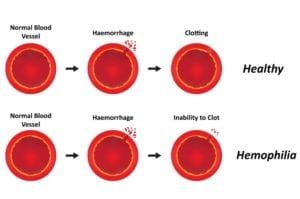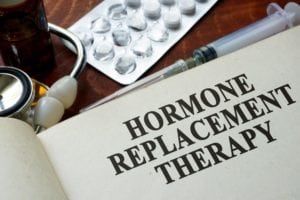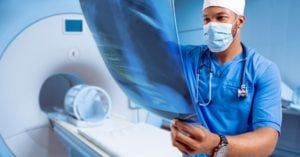Headaches and jaw pain are often closely related to one another. Tension headaches, in particular, have been found to be the result of constant muscle tension within the jaw that also causes tension in the face and head. This is because the body sends more blood to areas of muscular tension. Since the jaw is located in the head, this means more blood is rushing to the head, which can result in what is known as a vascular headache. Many people, and some doctors, can attribute this pain to migraines, when in actuality it stems from temporomandibular joint disorder (TMD) or jaw pain.
Did You Know?
Temporomandibular joint disorder (TMD) is the second most common cause of chronic pain among Americans. Tension headaches, which are believed to be caused by TMD, are also the most commonly occurring type of headache.
Frequently Asked Questions:
Why should I see a neuromuscular dentist for chronic headaches?
When experiencing chronic headaches, most people wouldn’t think about visiting their dentist. While it is true that most general dentists focus primarily on teeth, neuromuscular dentists also focus on the muscles and jaw position in addition to teeth. In short, this means that a neuromuscular dentist will evaluate the facial muscles around the jaw joint in order to determine how to position the jaw in order to relax these muscles. By relaxing the jaw muscles, blood flow to the head is reduced, along with chronic headaches. Seeing a neuromuscular dentist can also reduce neck and shoulder pain, as well as ringing or pain in the ears. To find out how a neuromuscular dentist can help decrease your headaches, schedule a consultation with our office today.
What can I expect when seeing a neuromuscular dentist for headaches?
When seeing a neuromuscular dentist for headaches, one of the first things they will do is focus on relieving your pain with a low-frequency Transcutaneous Electrical Neural Stimulation (TENS) unit. The TENS unit delivers tiny electrical pulses to the muscles surrounding the jaw in order to relax these muscles. It also helps with relieving pain by triggering the body’s production of endorphins. As these muscles relax, they will relax into the ideal position.
Using this ideal position, your dentist will fabricate a temporary orthotic to fit over the teeth. This orthotic will be adjusted and used to help stabilize the bite. After your bite has been stabilized and your symptoms have resolved, then your dentist will make recommendations for long-term treatment. While your exact treatment will vary, it will generally consist of making permanent alterations to your teeth or bite in order to maintain proper jaw position.











































































































































































































































































































